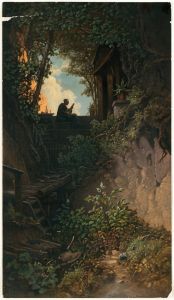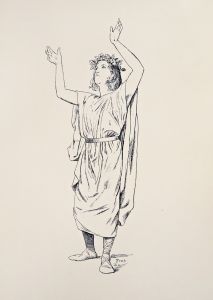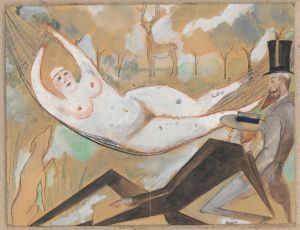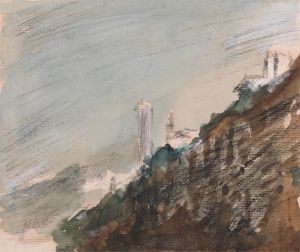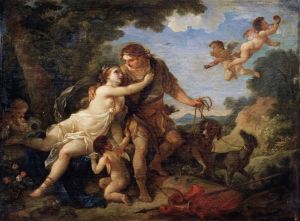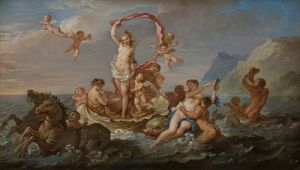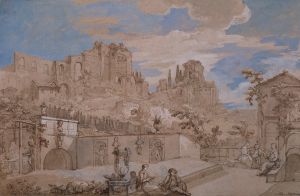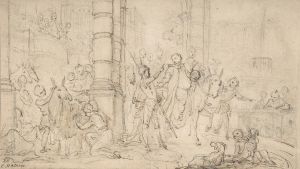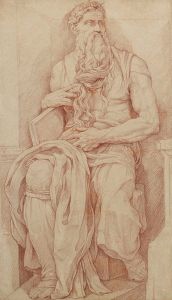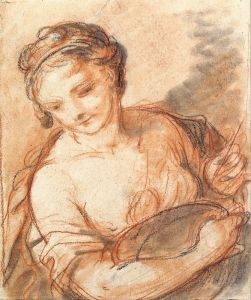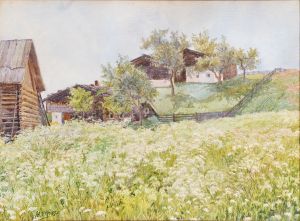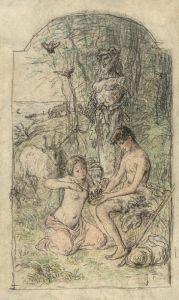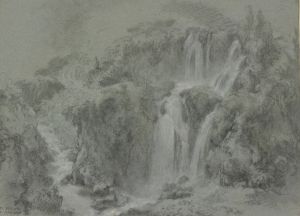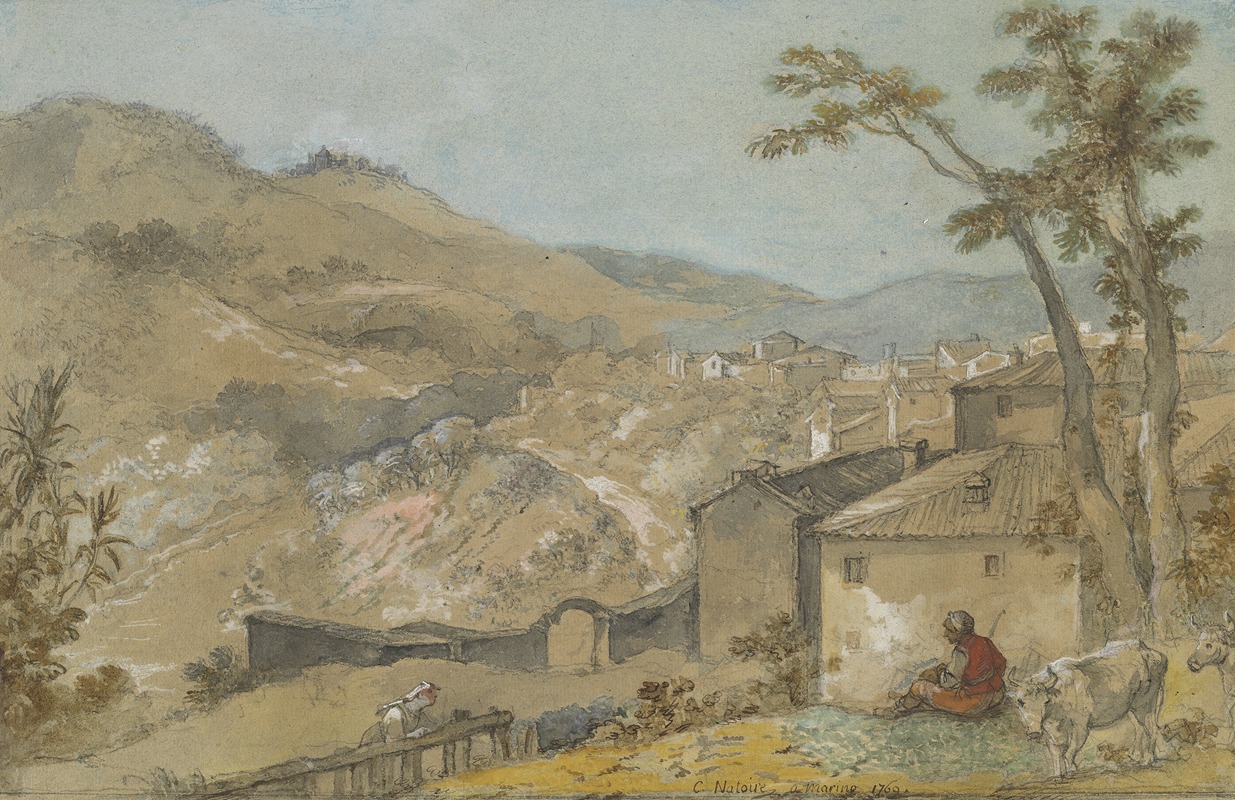
Marino and the Alban Hills
A hand-painted replica of Charles-Joseph Natoire’s masterpiece Marino and the Alban Hills, meticulously crafted by professional artists to capture the true essence of the original. Each piece is created with museum-quality canvas and rare mineral pigments, carefully painted by experienced artists with delicate brushstrokes and rich, layered colors to perfectly recreate the texture of the original artwork. Unlike machine-printed reproductions, this hand-painted version brings the painting to life, infused with the artist’s emotions and skill in every stroke. Whether for personal collection or home decoration, it instantly elevates the artistic atmosphere of any space.
Charles-Joseph Natoire (1700–1777) was a prominent French Rococo painter known for his decorative works and contributions to the French Academy in Rome. Among his extensive body of work, the painting titled Marino and the Alban Hills is one of his notable landscape compositions. This artwork reflects Natoire's ability to capture the serene beauty of the Italian countryside, a subject that became increasingly popular among artists during the 18th century.
The painting depicts a view of Marino, a historic town located in the Alban Hills, a volcanic region southeast of Rome. The Alban Hills were celebrated for their picturesque landscapes and were a frequent subject of artistic inspiration during the Grand Tour era. Natoire's work showcases the harmonious interplay between natural scenery and human habitation, a hallmark of Rococo landscape painting. The composition is characterized by its soft, atmospheric perspective, delicate use of color, and attention to detail, which together evoke a sense of tranquility and timelessness.
Natoire created this painting during his tenure as the director of the French Academy in Rome, a position he held from 1751 to 1775. This role allowed him to immerse himself in the Italian artistic tradition and the landscapes of the Roman countryside, which significantly influenced his work. The painting likely served as both a celebration of the idyllic Italian landscape and a reflection of the cultural and artistic exchange between France and Italy during the 18th century.
While Marino and the Alban Hills is not as widely recognized as some of Natoire's other works, such as his mythological and religious compositions, it remains an important example of his versatility as an artist. The painting exemplifies the Rococo style's emphasis on elegance, lightness, and a connection to nature. It also highlights the broader trend among European artists of the time to document and romanticize the landscapes they encountered, particularly in Italy.
The exact date of the painting's creation and its current location are not widely documented. However, it is consistent with Natoire's body of work during his years in Rome. The painting continues to be appreciated for its artistic merit and its contribution to the tradition of European landscape painting.





